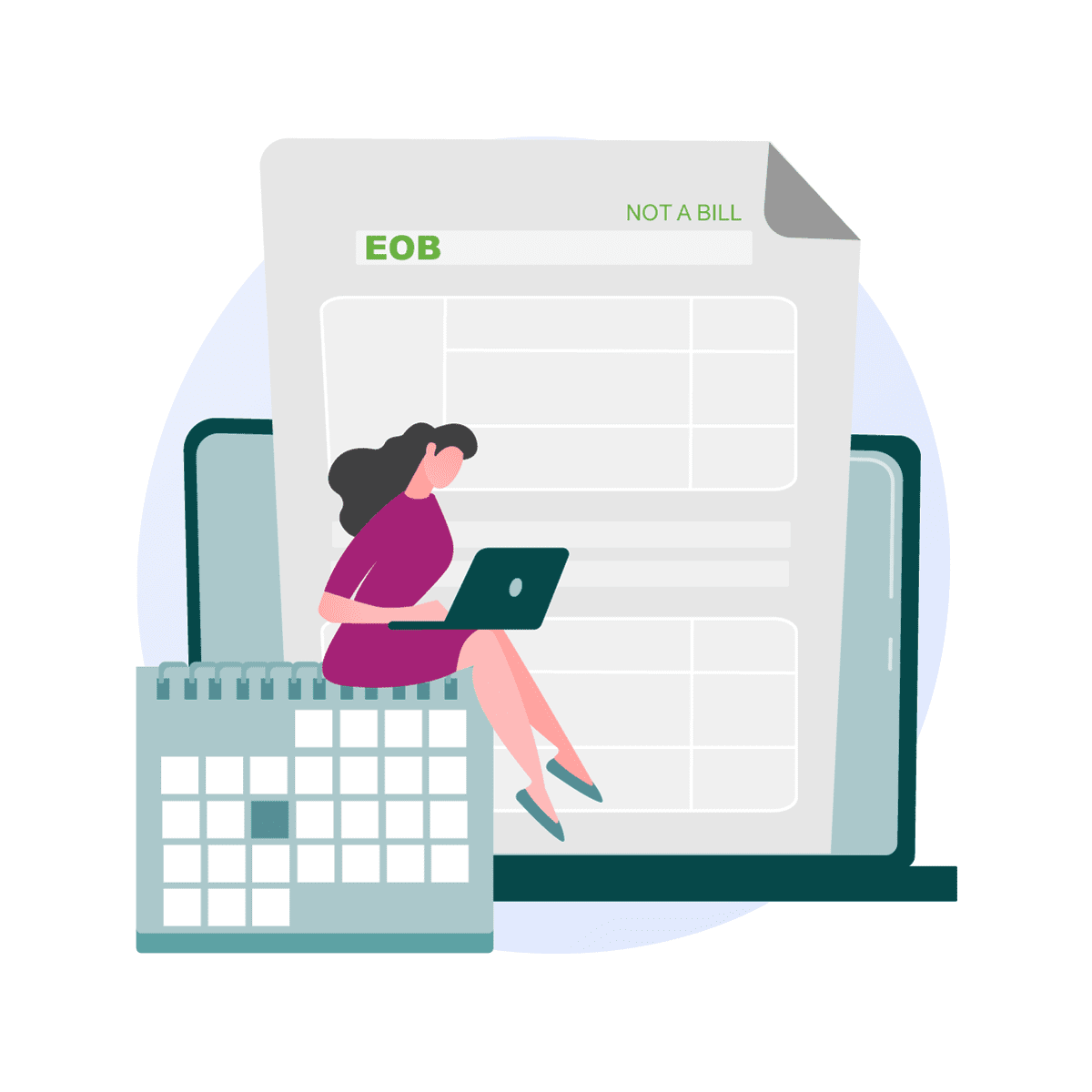
A trip to the doctor's office is often accompanied by a myriad of emotions—relief, worry, or even confusion.
But one thing that often adds to the confusion is the receipt of an Explanation of Benefits (EOB) document from your health insurance provider. As dense and puzzling as it may seem, this document is your ally in understanding your healthcare finances and ensuring you're not being overcharged. In fact, a well-understood EOB can be the key to a smoother, more transparent healthcare experience.
What is an Explanation of Benefits (EOB)?
An Explanation of Benefits, commonly referred to as an EOB, is a statement from your health insurance plan that provides a detailed breakdown of the healthcare services you've received. It outlines the total charges for your visit, the amount your health insurance has covered, and what you are responsible for paying out-of-pocket.
Why the EOB Matters
You might wonder, "Why should I bother with this document? Isn't it just a complicated version of a bill?" The answer is a resounding no! An EOB is not a bill, but rather a clarification of what your healthcare provider has charged and what portion of that your insurance covers. The document serves as a cross-reference for when you do receive your actual bill.
By understanding your EOB, you can ensure that your medical bills are accurate, and you're not overpaying for services.
According to various estimates, 80% of all medical bills contain at least one error. This statistic alone underscores the significance of understanding your EOB. By regularly reviewing these documents, you can catch inaccuracies early and potentially save yourself a lot of money and stress.
What to Look for in an EOB
Although the format can differ from one insurance provider to another, all EOBs generally contain the following sections:
Patient and Claim Information
This section includes basic details like your name, the provider's name, the date of the service, and a claim number for reference. Always check these details for accuracy.
Claim Detail
Here, you'll find the date of each service you received, along with a description and the claim's current status—whether it's been paid, for example.
Claim Adjustments
This section reveals how much your provider charged for the service and what your insurance company agreed to cover based on their network agreements.
Patient Responsibility
Arguably the most important section, this outlines your financial responsibility after your insurance coverage has been applied. This often includes copays, deductibles, and coinsurance.
Claim Summary
This provides an overview of the total claim costs, including what the insurer paid and what you owe, along with any important notes or messages about your claim or coverage.
By understanding how to read and interpret your EOB, you can be proactive in managing your healthcare costs. Always compare your EOB with your final bill to ensure everything lines up. If something doesn't add up, don't hesitate to contact your healthcare provider or insurance company to clarify. Remember, being informed is the first step to taking charge of your healthcare journey.
